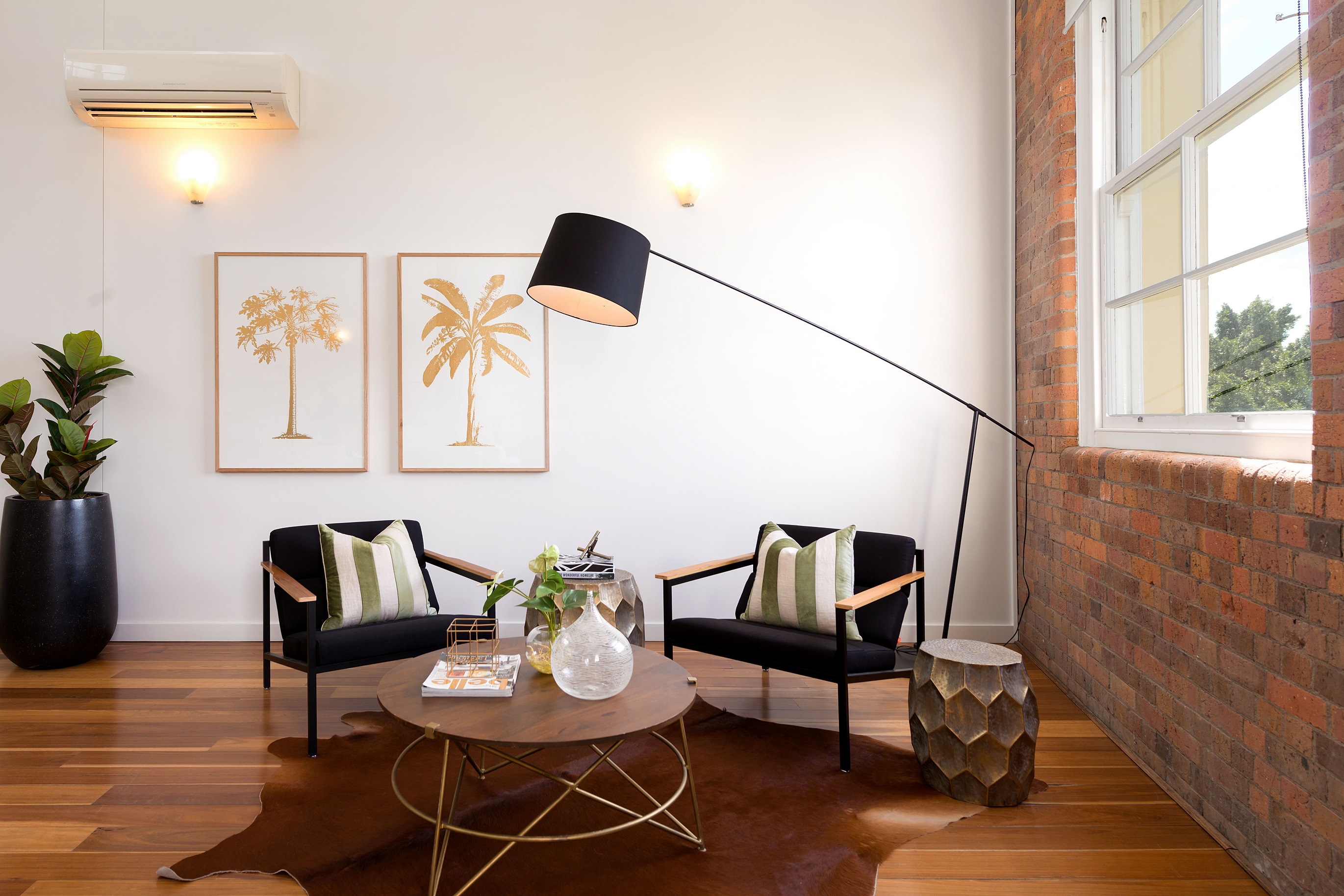Auctions Are Trending Back
by Realestate.com.au Property Insights

The return of live auctions in some states and territories this month is the best news for Australia’s property industry since the coronavirus crisis ramped up in mid-March.
Auctions appear to be trending back to normal in Sydney and Melbourne, but it will take some time for numbers to get back to where they were prior to COVID-19 shutdowns.
When live auctions were banned due to the health crisis, the number of auctions dropped dramatically with a double hit coming from a broader drop in listing volumes.
Yesterday, there were 137 auctions scheduled in Sydney and 110 scheduled in Melbourne, representing a significant drop compared to this time last year – and auction numbers were already very low due to the 2019 federal election.
While clearance rates only look at a very small portion of the market, the big spike in the New South Wales clearance rate last weekend to 77% is perhaps proof that buyer activity remains strong and that buyers are more comfortable buying in-person than online. This theory is also supported by increased levels of buyer enquiry and search activity on realestate.com.au.
This weekend, the clearance rate hit 72% in New South Wales and 70% in Victoria.

Restrictions on overseas travel could be a boon for domestic tourism
Australians love overseas travel, spending more money overseas ($58.3 billion) in 2019 than foreign tourists spent in Australia ($44.6 billion).
With borders shut due to the COVID-19 pandemic, that $58.3 billion will stay in Australia and it’s likely a fair proportion of it will be spent on domestic travel. Once domestic travel is up and running again, we may even get close to the $80.7 billion spent on domestic overnight travel last year, or perhaps even exceed that figure.
Tourism Research Australia provides a high level of detail on where both domestic and overseas tourists like to travel. In every part of Australia, domestic tourists spend more than overseas tourists except in one location – Sydney.
If our travel patterns remain consistent, then the area that will benefit most from a domestic tourism boom will be Melbourne, followed by Sydney and Brisbane. The regional areas that will benefit include the northern coast of New South Wales, Gold Coast and Sunshine Coast.

Domestic tourism could surge on Queensland’s Sunshine Coast after COVID-19. Picture: Getty.
There is a lot of uncertainty about whether domestic travel patterns will remain consistent. Can Melbourne continue to offer the sporting and cultural events it is so famous for in this environment? Will some states continue to maintain border closures?
The rate of domestic tourism will also depend on marketing expenditure – big campaigns may get us all travelling to the outback, the Limestone Coast or the Fleurieu Peninsula.

Banks are flush with cash but access to funding isn’t easy
The one positive in this downturn is that we are not in a financial crisis. Our banks are well capitalised and, at this stage, are not weighed down by bad debt.
Nevertheless, according to mortgage brokering business Smartline, the banks are being very cautious and taking measures to:
- Tighten lending policies including discounting of non-core income such as bonuses, casual income and overtime and;
- Introduce more questions and forms to mitigate losses from people who have been impacted by COVID-19;
Meanwhile, Smaller lenders who are less able to weather the storm are being even more cautious – some have even lifted interest rates – and service levels are now varying greatly – those that have relied on off-shore lending operations seem far more heavily impacted. Insurers are also being much stricter.
While access to funding isn’t easy, it hasn’t dented demand for home loans and many people are looking to refinance to get a better deal. Total submissions for home loans through Smartline have increased 21% while settlements have increased by 8%.



